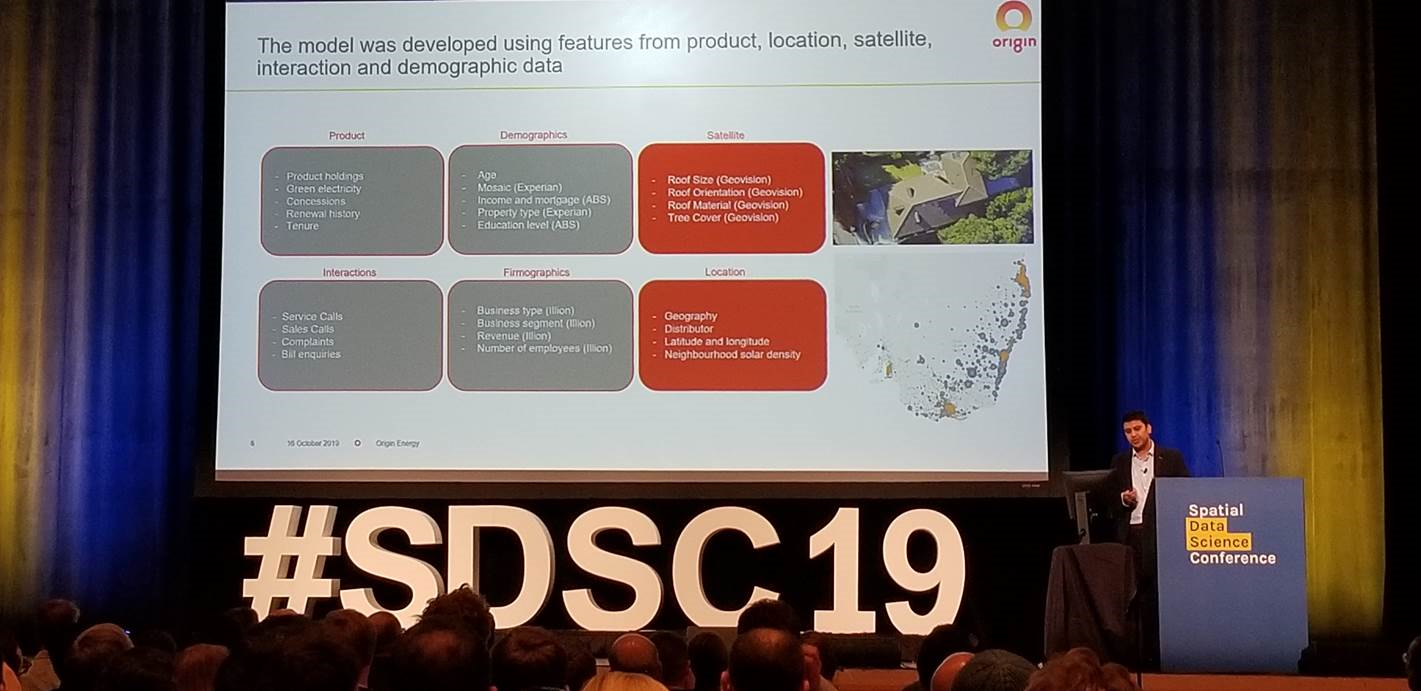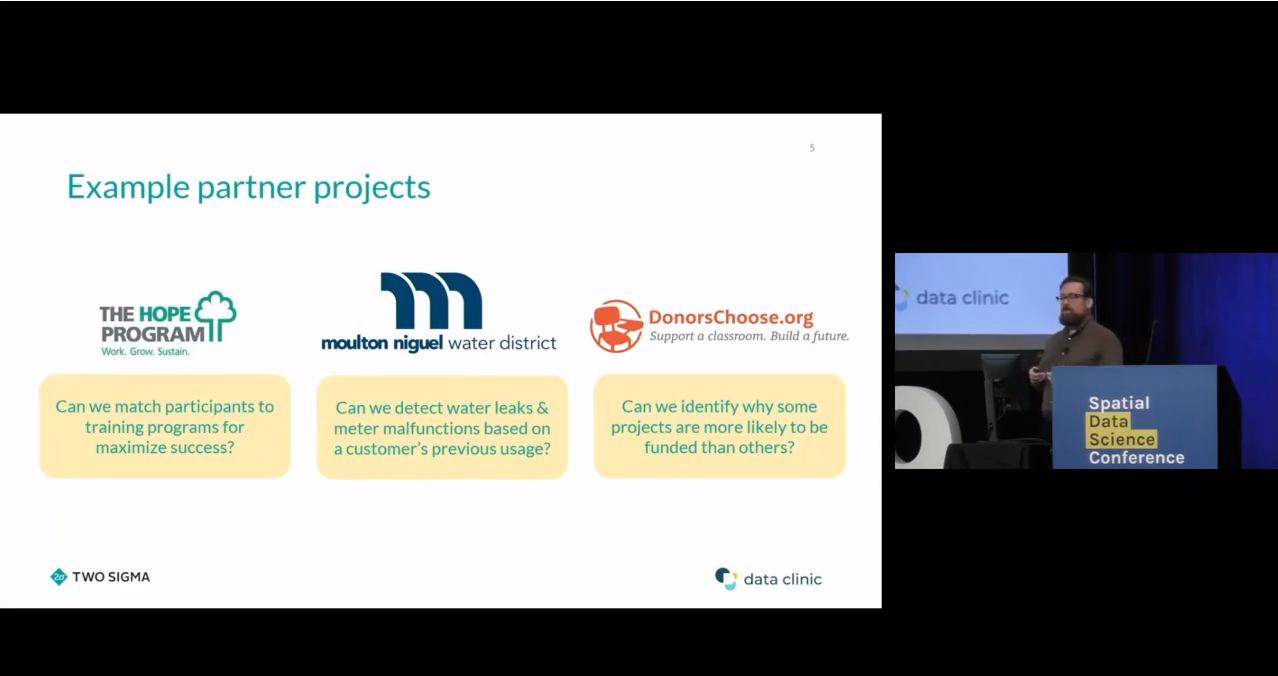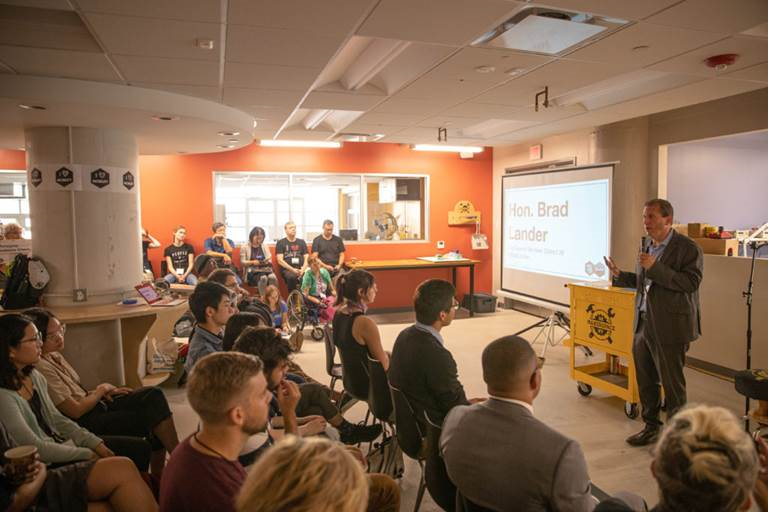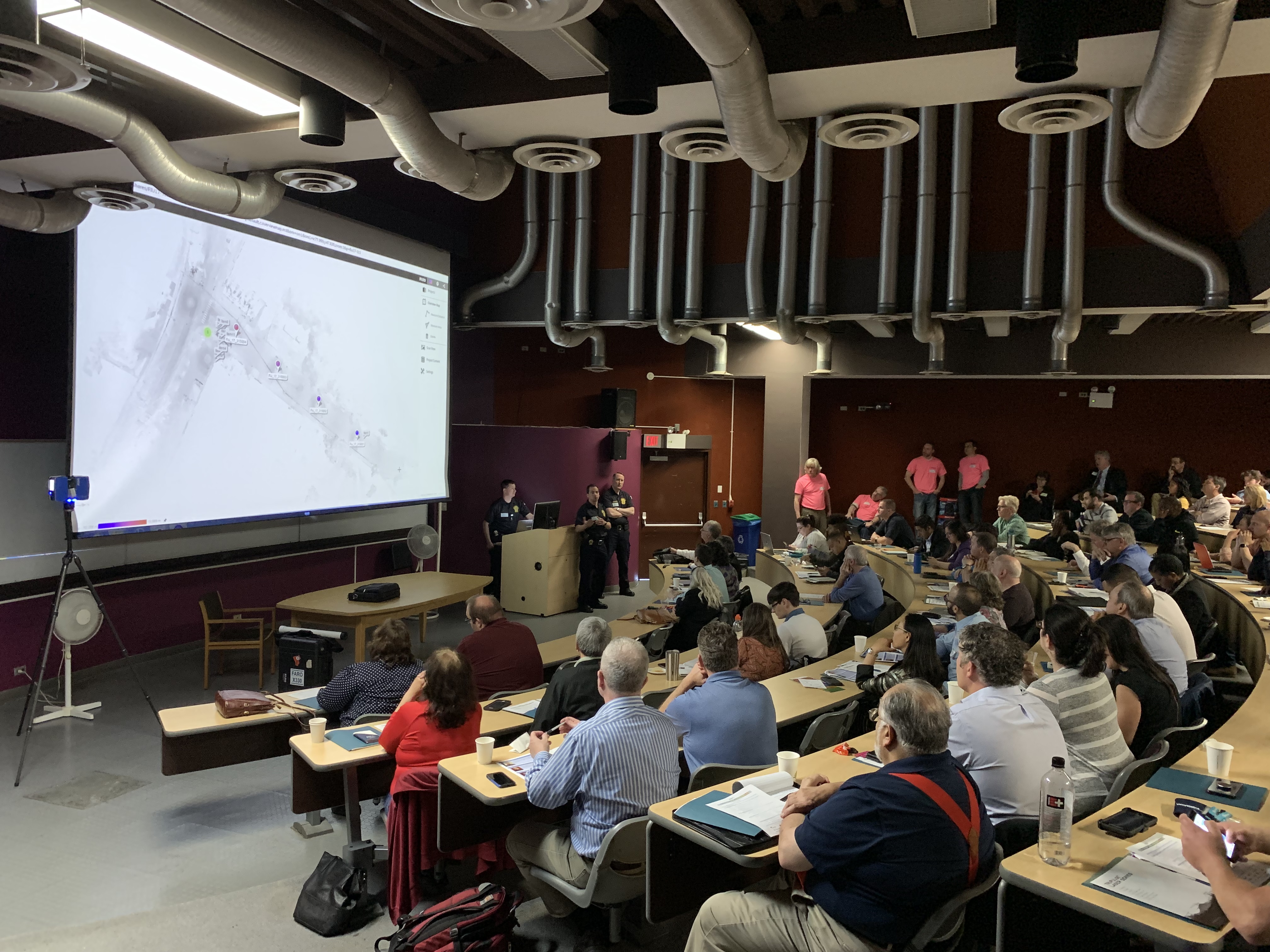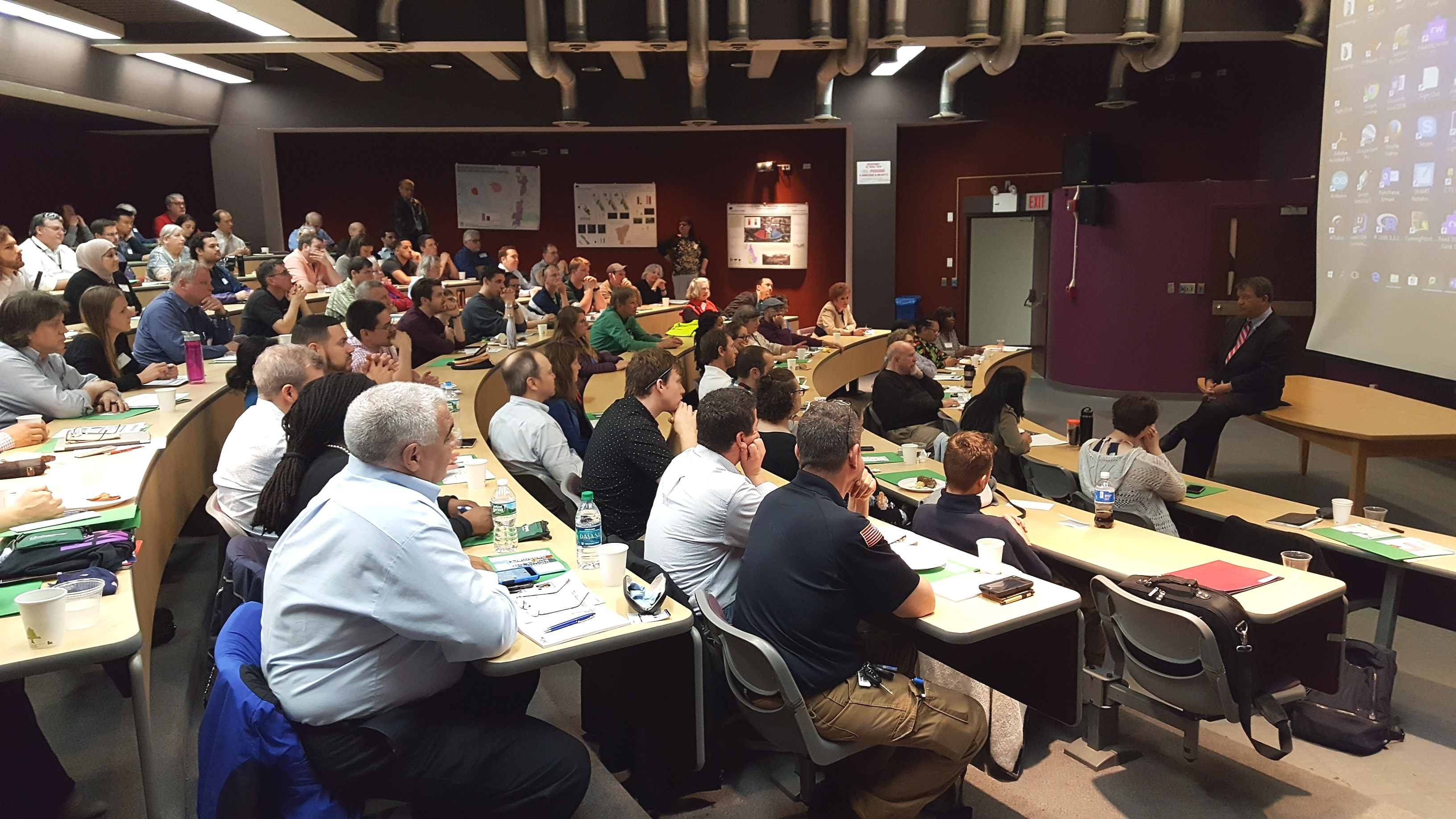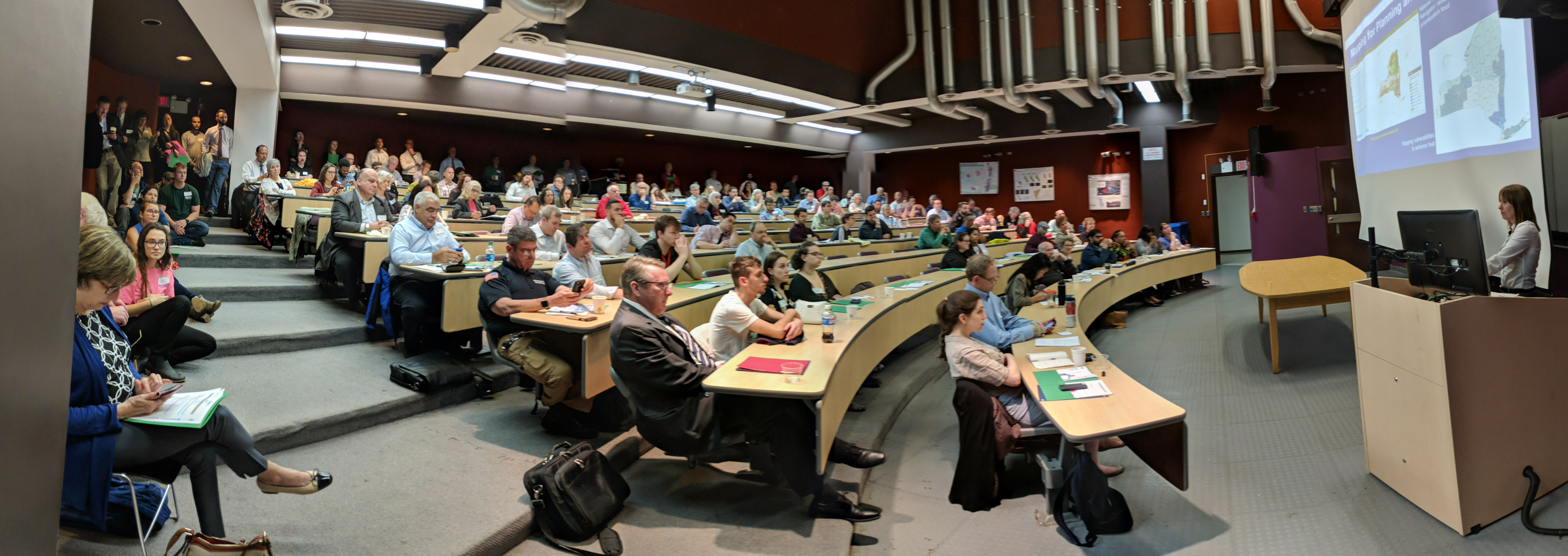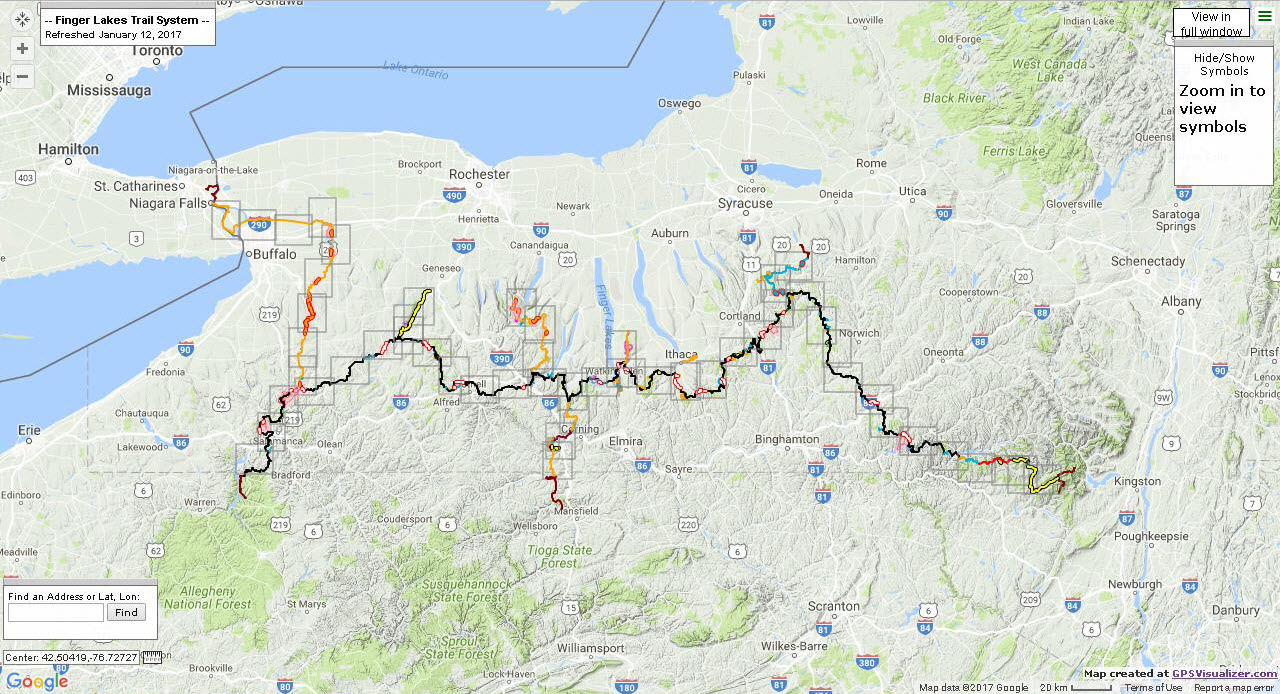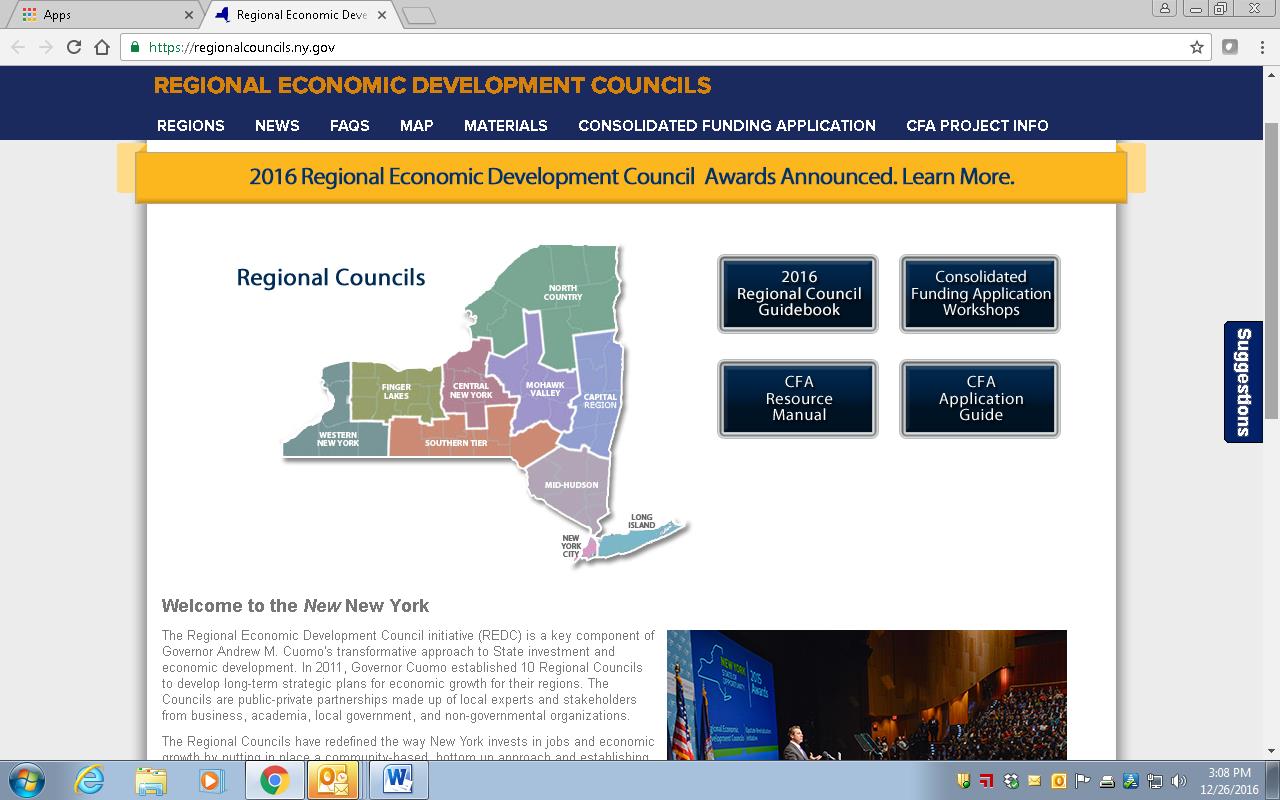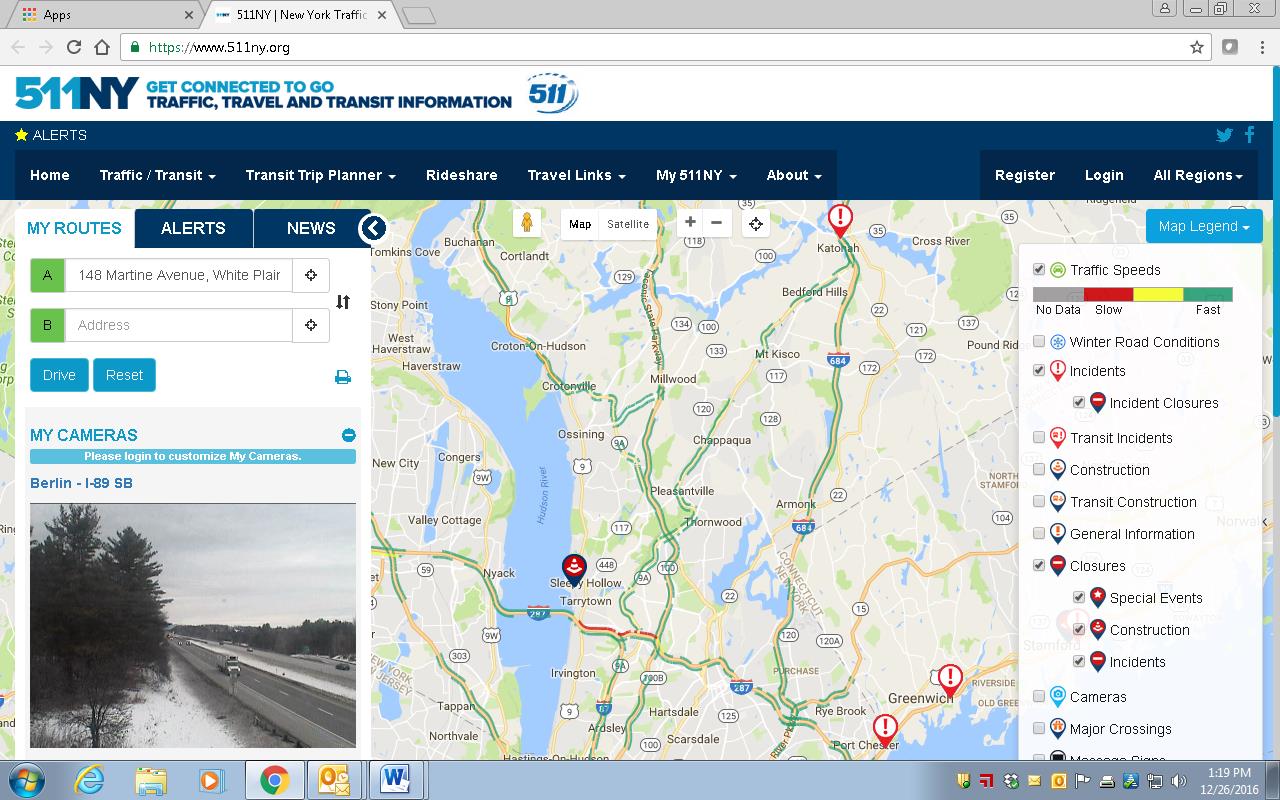New Online Application Shows Locations and Services for Organizations and Artists Across the State
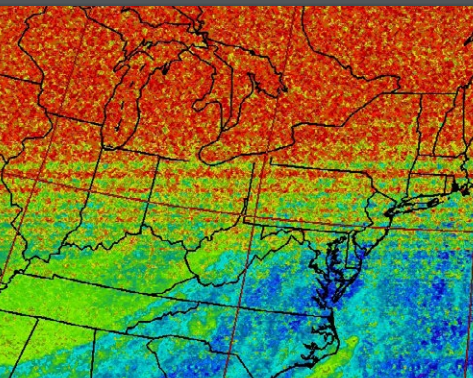
Image from Heidi Neilson’s Southern Florida Beachball Antenna Archive (2017)
While the Empire State geospatial community is accustomed to seeing terms such as Google Maps JavaScript API, GeoJSON, and HTML as part of the conversation in building online mapping applications for government and business, we increasingly see the use of these same online mapping development tools in the nonprofit sector as well. One such example is the newly updated New York Media Arts Map which is a project of of the New York State Council on the Arts (NYSCA) Electronic Media and Film program, managed by Wave Farm. Though Wave Farm is more commonly recognized as an arts organization dedicated to transmission arts with FM and online radio stations, it is their regrant partnership through NYSCA which ultimately led to its stewardship of the online Media Arts Map. Serving in this capacity, Wave Farm assists in administering and distributing grant funds, ranging from $500 to $10,000, to dozens of New York State individual artists and organizations – all of which are included in the Map.
The Map
At its core, the Map is an extensive online catalogue of Media Artists, whose interdisciplinary work includes a wide range of fields including visual art, film, computer graphics, data visualization, sculpture, architecture, music, photography – even drones – and much more. The Map lists organizations which are recent grantees of the NYSCA Electronic Media and Film program (EMF) and the Media Arts Assistance Fund (MAAF). In all, there are 198 organizations and 69 artists included in the Map. First launched in 2009 and originally hosted by Rhizome, the 2014 update is the work of Peter Berry who is a developer affiliated with Supercosm, a Seattle, WA based firm which focuses on work with nonprofits. In addition to the software components already mentioned, Peter’s work on the back end of the map includes the use of open source pieces CakePHP and Apache bundled with MySQL.

In addition to providing location information on organizations and artists included on the map, pull down menus along the top tool bar include additional statewide media arts information on meetings and workshops, partnership reports, and information on funding opportunities.

The Search box offers a wide range of options to filter the organization/artist database. Search queries provide a description of the types of work, services, and types of media arts offered as well as online contact information.
Intersection of Media Arts and Technology
It’s interesting to see, albeit even on some small level, how the media arts world finds itself close to the geospatial space. For example, take the work of Harvestworks which supports the creation of art works achieved through the use of new and evolving technologies and provides an environment for experimentation with project consultants, technicians, instructors and innovative practitioners in all branches of the electronic arts. A recent report by the organization entitled Common Ground provides “an overview of how and where transdisciplinary work is taking place in New York State, and makes recommendations to encourage further opportunities for artists that, when combined with environmental research, can aid engage the public, encourage environmental stewardship, and benefit communities”.
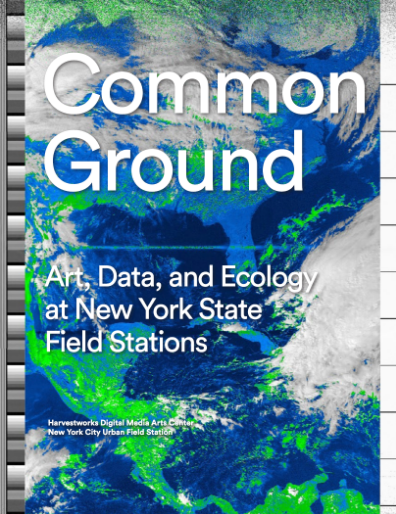 The report was published by the Harvestworks Digital Media Arts Center and The New York City Urban Field Station which is a partnership of the U.S. Forest Service, New York City Department of Parks and Recreation, and the Natural Areas Conservancy. (The Field Station in NYC supports the Arts and Humanities Residency Program. Check out the Summer 2018 Moon Arrow project – a time lapse compilation of the Moon Arrow pointing to the moon on New York City shorelines). Open data, building code and hackathons in the geospatial space of your interest? Then take a look the work of the School for Poetic Computation. And how about drones? While the technology is evolving incredibly fast, there was the 2018 Art Omi, Wave Farm and eteam live performance of The Aerial Actor which focused on the rising use of drones in science and art. Actual drones were used as both carriers of messages and actors in the performance. “The Map is a vital resource identifying art and technology projects and activity throughout New York State supported by NYSCA Electronic Media & Film”, says Galen Joseph-Hunter, Executive Director, Wave Farm. “It is also a useful tool for showing a geographic picture of how support is distributed throughout the state.”
The report was published by the Harvestworks Digital Media Arts Center and The New York City Urban Field Station which is a partnership of the U.S. Forest Service, New York City Department of Parks and Recreation, and the Natural Areas Conservancy. (The Field Station in NYC supports the Arts and Humanities Residency Program. Check out the Summer 2018 Moon Arrow project – a time lapse compilation of the Moon Arrow pointing to the moon on New York City shorelines). Open data, building code and hackathons in the geospatial space of your interest? Then take a look the work of the School for Poetic Computation. And how about drones? While the technology is evolving incredibly fast, there was the 2018 Art Omi, Wave Farm and eteam live performance of The Aerial Actor which focused on the rising use of drones in science and art. Actual drones were used as both carriers of messages and actors in the performance. “The Map is a vital resource identifying art and technology projects and activity throughout New York State supported by NYSCA Electronic Media & Film”, says Galen Joseph-Hunter, Executive Director, Wave Farm. “It is also a useful tool for showing a geographic picture of how support is distributed throughout the state.”
Summary
So stop for a minute, grab a cup of coffee and put down the pen, I mean your mouse, and take a deep drive into the New York Media Arts Map site. See what’s in your region, maybe even your neighborhood. Support the statewide media arts community. Cool stuff – all from the traditional artistic settings to the avant garde and experimental. And sometimes, just a one-off from the geospatial space we work in.
Enjoy.
Contact:
Galen Joseph-Hunter
Executive Director
Wave Farm
Radio: WGXC 90.7-FM, Transmission Arts, Grants
518-622-2598
galen@wavefarm.org

 I had the opportunity to attend the
I had the opportunity to attend the 